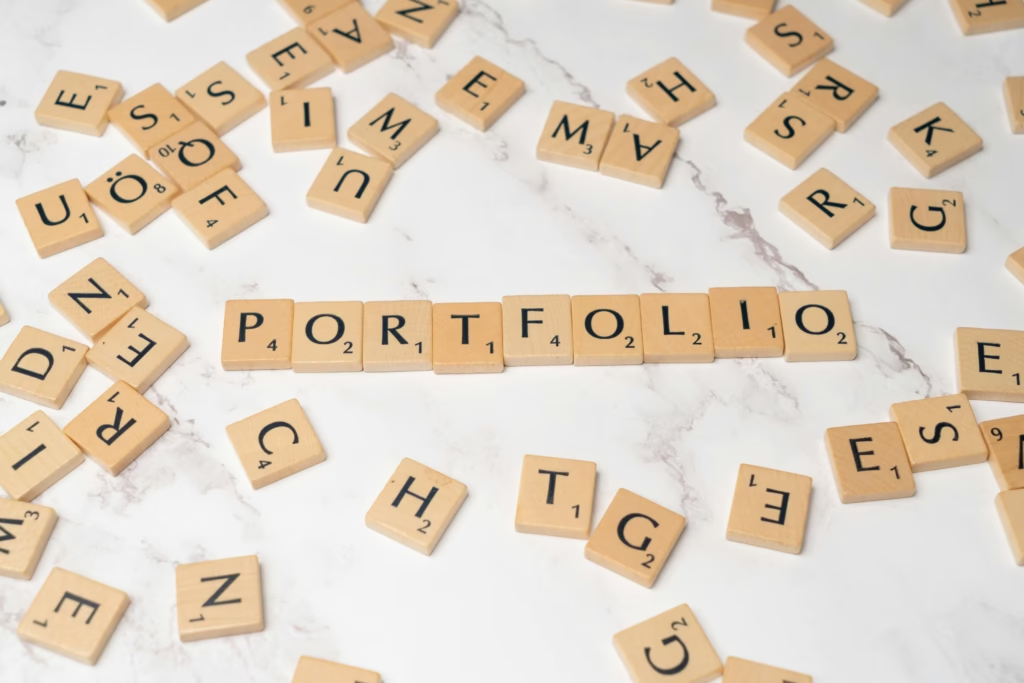
Creating a strong graphic design portfolio is essential in 2025 if you want to stand out in the competitive world of design. Whether you’re a graphic designer, UI/UX expert, or creative freelancer, your portfolio is often the first impression potential clients or employers will have of your work. This article will guide you through building a job-winning graphic design portfolio that showcases your talent, personality, and professionalism.
Why a Design Portfolio Matters in 2025

In the digital age, employers and clients look for visual proof of your skills. A portfolio is more than a gallery—it’s your personal brand statement. A well-crafted portfolio:
- Highlights your best projects and results.
- Demonstrates your creative thinking and problem-solving.
- Shows your ability to follow client briefs and meet goals.
- Builds credibility in a crowded freelance market.
> 💡 Pro Tip: Use your portfolio to tell a story—not just about your work, but about who you are as a creative.
Step 1: Choose the Right Platform for Your Portfolio

Choosing the right platform can make or break your portfolio’s visibility and professionalism.
Popular Portfolio Platforms:
- Behance – Ideal for creative professionals; free and widely recognized.
- Dribbble – Best for UI/UX designers and illustrators.
- Adobe Portfolio – Great if you already use Adobe Creative Cloud.
- WordPress – Offers more control and SEO benefits.
- Wix or Webflow – Excellent for creating custom portfolio websites without code.
Learn how to build your first website in our [Beginner’s Guide to WordPress for Creatives](/beginner-wordpress-guide).
Step 2: Showcase the Best Work in Your Graphic Design Portfolio

One of the biggest mistakes designers make is uploading too many projects. Focus on quality over quantity.
Choose 5–8 of your strongest pieces that reflect your niche and skills in your graphic design portfolio.
Include:
- Project summary or goal
- Tools used (e.g., Figma, Adobe Illustrator, Canva)
- Your role and contribution
- Final outcome with visuals
- Client testimonials (if available)
Step 3: Structure Each Portfolio Project for Impact
Each project should have a clear structure to help viewers understand your process.
Recommended Format:
- Project Title
- Brief/Problem Statement
- Design Process (Sketches, Wireframes, etc.)
- Final Design
- Results or Client Feedback
> 💬 SEO Tip: Use keywords like “UX design case study” or “branding project for small business” in your titles and image alt texts.
Step 4: Add an About Me Page and Contact Info
Your “About” section should briefly introduce who you are, your design philosophy, and what kind of work you’re looking for. Keep it professional yet personal.
> 📧 Don’t forget to include an up-to-date contact form or email so potential clients can reach out.
Step 5: SEO Tips for Your Graphic Design Portfolio
To increase your chances of being discovered, Optimize your graphic design portfolio with relevant keywords that hiring managers are searching for.
Use Keywords Like:
- Design portfolio for freelance jobs
- UX/UI portfolio 2025
- Canva-based design examples
- Graphic design portfolio that gets hired
> 🛠️ Use free tools like Ubersuggest or Google Keyword Planner to research relevant search terms.
Step 6: Include Case Studies or Blog Posts
Adding a blog or case study section gives insight into your thought process. It shows that you don’t just create designs—you solve problems.
> 🔗 Read our article on How Writing Boosts Reading and Thinking Skills to learn how storytelling can enhance your work.
Step 7: Make Your Portfolio Mobile-Friendly
Many hiring managers check portfolios from their phones or tablets. Choose a responsive template or theme that adapts to all screen sizes.
> 📱 Bonus Tip: Always preview your site on multiple devices before publishing.
Step 8: Update Regularly and Share Widely
A stale portfolio signals inactivity. Regular updates to your graphic design portfolio help show you’re active and evolving in your field.
Share On:
- Instagram (especially using carousels)
- Pinterest (great for visual content)
- Email newsletters
Discover the Top 10 AI Tools Every Graphic Designer Should know to speed up your creative process.

Final Thoughts: Why Your Graphic Design Portfolio is Your Professional Passport
Your design portfolio is more than a digital gallery—it’s your professional passport. With thoughtful curation, SEO-friendly content, and engaging visuals, you can create a lasting impression and win freelance gigs or full-time roles in 2025.
Don’t just showcase what you can do. Show who you are and how your creativity adds value. Keep evolving, experimenting, and updating your portfolio to stay ahead in the design world.



